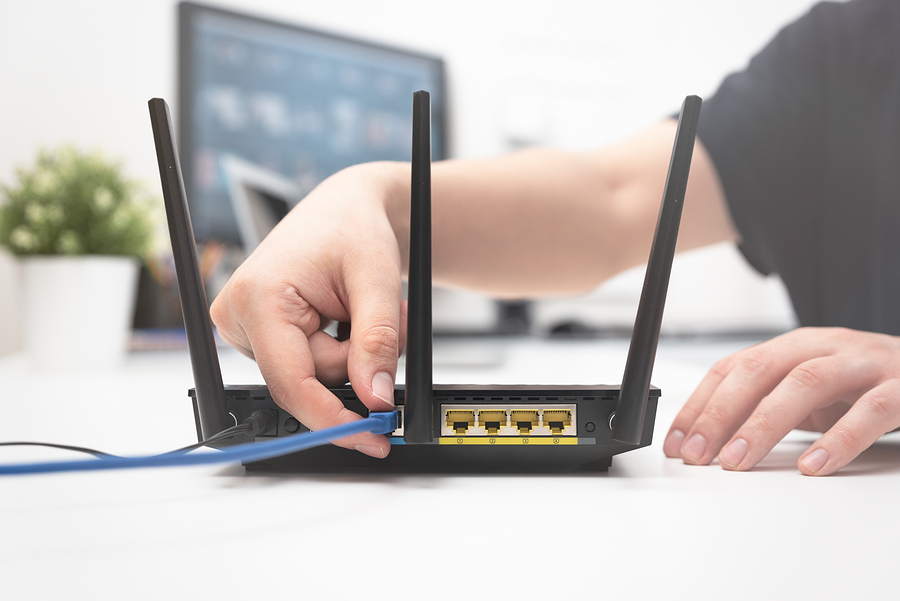HOT OFFER! Save $20 per month for 5 months on selected nbn internet plans!...Use promo code SAVE20 at checkout!
A recent article in Business Wire points to an increase in mobile broadband with a decline in hard-wired internet service across Australia.
Furthermore, the 2017 speed stats improved for Australia as we shed our 55th spot on the list of countries by global internet speed rankings with a five-spot jump to number 50.
Even with all of this, it still remains frustrating when your signal fades, and the whirling vortex of connection just keeps spinning.
Sometimes the trouble is your Wi-Fi network, and at other times it is a system issue.
This blog focuses on what you can do at home to troubleshoot your home network when a signal fade leaves you hanging.
1. Check the firmware
Modems and other networking equipment come with firmware. The firmware is merely a driver for a modem. You should check if your modem’s firmware needs updating because this can cause
Wi-Fi connection issues. Updates help solve problems with outdated drivers, corrupt files, and other issues that might make your network less than optimal.
2. Look for interference
Households often have many types of devices that use airwaves. Sometimes, your router or device loses out to other electronics in your home, and that makes the connectivity of the device seem like it is lacking.
You can move the router to another location and see if the network connection on your computer or device improves. For example, make sure your router is not near a cordless phone or microwave oven. Sometimes it is the most unobvious thing that causes interference. A baby monitor is an excellent example of something that can cause poor network connectivity, even though it does not connect to the internet. This is because it is broadcasting across the same airways.
3. Count the devices that use your network
Sometimes poor Wi-Fi connectivity occurs because there are too many devices trying to stream limited data. If you are running a home-based-business, put it on its own network. Segregate the kids’ internet from your own. If you have a home theatre system that is streaming videos, give it its own connection. Those kinds of changes help to improve the available bandwidth that your home network offers. Simple changes can make huge and positive improvements.
4. Utilise the 5GHz network if available
There is a good chance your modem is a “dual-band” device meaning it broadcasts two Wi-Fi connections – a 2.4Ghz network, and a 5GHz network. The 5GHz band on a modem/router has a much more powerful speed so this should always be used when possible. The 2.4Ghz network is compatible with most devices and is better over long range, but is slower than 5GHz and is subject to more interference from other devices. If you’re having issues with your Wi-Fi, then checking you’re using the 5GHz network may solve your issue.
5. Make sure that your router and/or modem are strong enough
Sometimes slow connections or fade is not caused by anything other than the fact that we ask too much of the hardware. If you have too many devices or physical barriers in your home that cause the router or modem to produce weaker signals, you may only need to upgrade your modem or install a booster so that you increase the capabilities of the network to reach all corners of your home.
Wrap
The reality is that there is a long list of benign factors that can cause interference across a home network. For more information or for personalized solutions that fit your household, just give us a call. We offer Australian based customer service, no lock-in contracts, and no fees for changing or canceling plans. Plus, we are happy to answer your questions!

